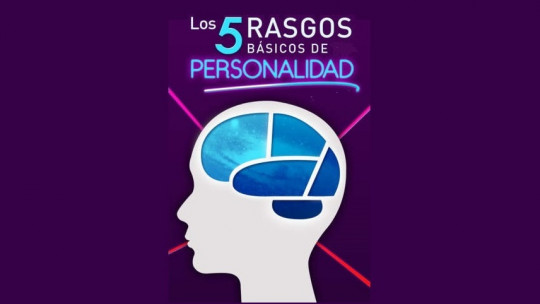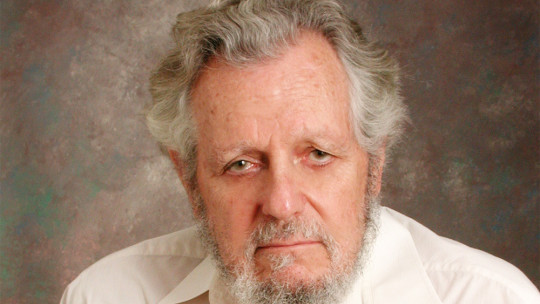
Historically, psychology has based its personality studies on the factors evaluated in the Big Five Traits model and other models derived from it. The “Big Five” model defends the existence of five major personality traits that every person possesses and manifests in a certain percentage.
The openness to experiencethe responsibilitythe extraversionthe cordiality either kindness and the stability are the five traits that are evaluated in said model and in a large number of clinical and clinical evaluation instruments. screening that have been developed later.
Sensitivity and the repercussions of not including it within personality models
But What if another new trait could be added to take into account? We are talking about the sensitivity.
Elaine Aron was a pioneer in researching this personality trait. She herself, based on her own experiences as a person who manifested the trait and after coming into contact with other people who believed themselves to be highly sensitive, began to investigate the common characteristics between them and the implications that the manifestation of this sensitivity had on their lives. With the results of this research, in which she found that around 20% of the population could be included in this category, she coined the term “highly sensitive people” or “HSP”.
Characteristics of Highly Sensitive People
Highly sensitive people begin to show signs of sensitivity from the moment of birth, Babies with this trait have a harder time sleeping, they are affected by being surrounded by a lot of stimulation (noise, light, people, etc.), they tend to have more fears, and as the child grows, they tend to show great creativity and intuition. Likewise, they are minors who are very empathetic with the suffering of others, polite, kind and considerate.
They have also been observed differential physiological characteristics between PAS and NON-PAS babies, such as the fact that highly sensitive children have a higher heart rate and, under stress, their pupils dilate earlier and their vocal cords tense more quickly, making higher-pitched sounds. In addition to all this, at the brain level they have greater activation of the right (emotional) hemisphere and have higher levels of cortisol and norepinephrine (Aron, 1996). Studies subsequent to this one, in which neuroimaging techniques have been used, have also revealed greater activation of the amygdala and frontal lobe.
Empathy, intuition, intrapersonal intelligence…
In adulthood these traits that have been observed during childhood acquire their maximum expression. PAS people are highly intuitive and emotional, with great empathy towards their own and other people’s emotions.
They are creative people who are attracted to the arts and knowledge, both on an intellectual level, they have an almost unlimited capacity to learn, even without being aware of it, and on a personal level, because They are usually people with great knowledge of themselves and a very rich internal world which sometimes makes them seem introverted, although it doesn’t have to be that way.
Is it a good idea to include sensitivity in personality models?
Why the importance of recognizing sensitivity as another trait to consider in personality models? The answer is simple. PAS people who talk about their sensitivity above all allude to incomprehension, both personally and in their immediate context, and report having felt in a minority position, constantly fighting against a world that surpasses them, until the moment they discover who possess this trait and can make a personal reflection from the knowledge of it, identifying and reconciling with their sensitivity.
On the other hand, at a clinical and evaluation level, the group of people who have the sensitivity trait has been poorly evaluated and diagnosed. They have received inappropriate treatments and have been “catalogued” with diagnostic labels that did not correspond to them. During childhood, highly sensitive minors are misdiagnosed with autism spectrum disorders or attention deficit hyperactivity disorders.
During adolescence, a stage of very intense personal changes for any person, but even more so for a hypersensitive person who already finds it difficult to reconcile the internal and external world, problems of depression, isolation or drug use may appear, which can lead to in depressive, anxiety or addiction disorders in adulthood. And all this, due to ignorance of the personality trait that defines them, sensitivity and its lack of inclusion in explanatory models of personality.








